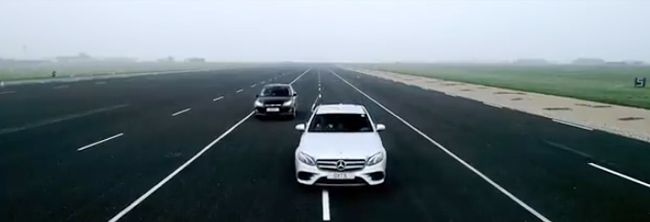Getting the measurements you need
To evaluate blind-spot detection systems, an RT inertial navigation system and RT-Range Hunter are installed in the vehicle under test. Additional RTs are installed in vehicle or pedestrian targets before multiple scenarios are tested. For real-time testing, range measurements from the RT-Range Hunter can be output via Ethernet or CAN or data can be logged internally and analysed back at base where it can be post-processed and exported in CSV format. The measurements available from the RT-Range Hunter include bearing to targets, ranges, time-time collisions and distance to lane markings (these need to be surveyed and uploaded to the RT-Range Hunter). In after post-processing the measurements, it will be possible to evaluate the performance of the system based on the visibility of the target to the blind-spot detection systems.











 TOP
TOP